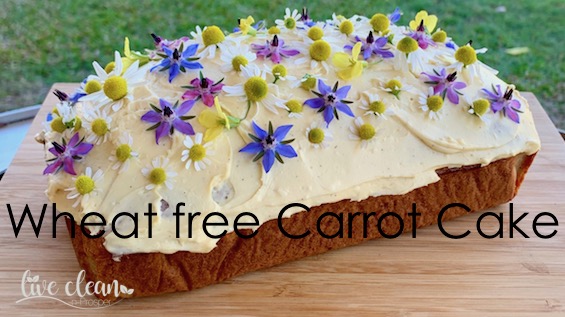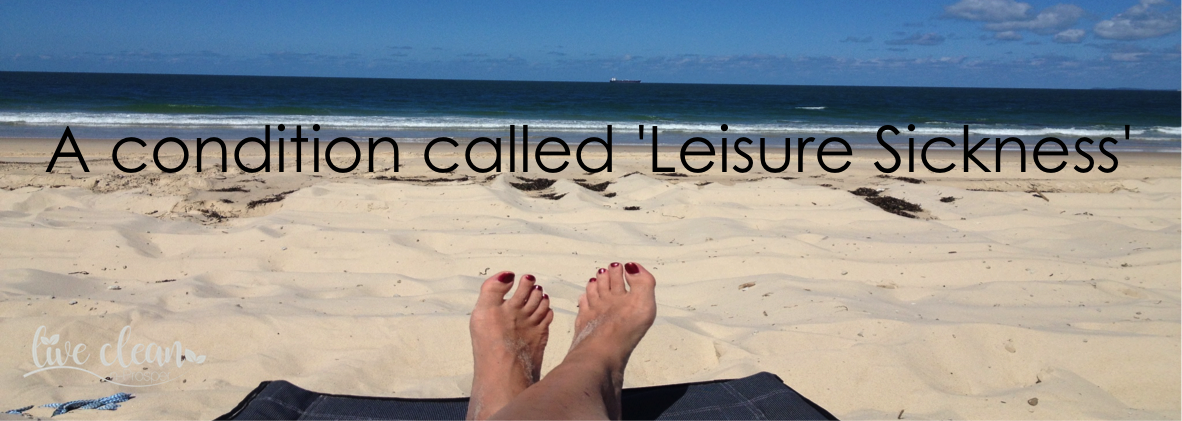Today I am sharing a Wheat free Carrot cake recipe.
We are currently growing carrots in our vegetable garden with great success. This has resulted in an abundance of carrots.
So I decided to use some in a carrot cake and put together this recipe. Combining different elements from a couple of recipes I have in books.
I prefer to bake without refined wheat flour or sugars to try to create healthier treats. This particular recipe includes some buckwheat flour, the health benefits of which I have written about recently.
It does not have raisins, walnuts or pecans as Scott is not a big fan of these, however you can add them if you like.
Wheat free Carrot Cake
Cake Ingredients
1 cup Almond flour
½ cup Buckwheat flour
½ cup desiccated coconut
1 tsp. baking powder
2 tsp. ground cinnamon
½ tsp. ground nutmeg
½ tsp. salt
4 large eggs
¼ cup maple syrup
1 ½ tbsp. tahini
1 ½ tbsp. milk
1 tsp. vanilla extract
1 ½ tbsp. coconut oil
1 ¼ cup grated carrot
*optional – ¼ cup raisins &/or ¼ cup chopped nuts
Frosting Ingredients
1 tbsp. soft butter
4 tbsp. spreadable cream cheese
1 tbsp. maple syrup
1 tsp. vanilla extract
Method
*Preheat oven to 190’c and line your cake tin with baking paper (I used a loaf tin).
– In a large bowl combine the almond and buckwheat flours, coconut, baking powder, salt and spices.
– Using another large bowl, put the eggs, tahini, coconut oil, maple syrup, milk and vanilla extract. Using an electric mixer, mix until smooth.
– Using the lowest speed on your mixer, continue to mix while adding the flour mixture and the grated carrot until well combined.
*Add in any nuts & raisins here if desired*
– Pour mixture into the cake tin and bake for 20 to 25 minutes.
Allow the cake to cool before adding frosting.
To make the frosting – using an electric mixer, combine the butter and cream cheese and mix on high till light and fluffy. Add the maple syrup and vanilla mixing until well combined.
Spread the frosting onto the cake and decorate if desired. I decorated mine with some edible flowers from the garden
Enjoy. (If you like this recipe, you may also like Carrot Cake Bliss Balls)
Till the next post,
Live clean n Prosper


